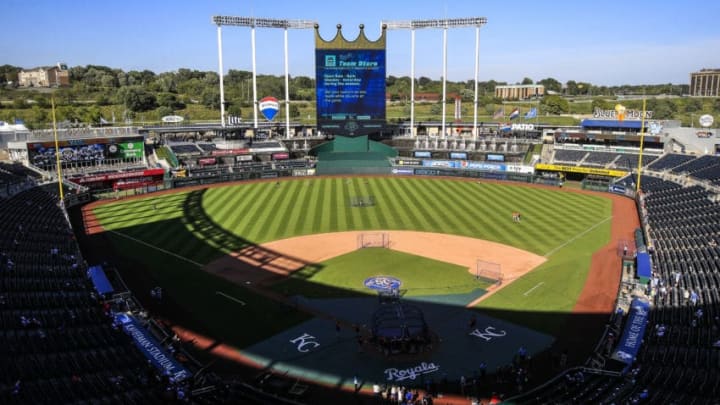The early 1987 trade of a young pitcher to the Mets is almost universally considered the worst trade in Royals history.
In 1982, a 19-year old Kansas City Royals third-round draft choice posted a stellar 16-3, 2.08 ERA record in just his second season of pro ball and seemed to be on the fast track to the big leagues.
But David Cone went 25-31 the next three seasons and his rising profile dipped. He was a prospect to be sure, but not the dominant starter he would become. So the 1987 spring training trade that sent Cone and Chris Jelic to the Mets for Ed Hearn, Rick Anderson and Mauro Gozzo wasn’t particularly startling.
It is the aftermath of the deal, however, that makes it widely panned as the worst trade in Royals history. Hearn, the Royals’ main target (they were in search of a new catcher and traded Jim Sundberg a few days after acquiring Hearn) never helped the franchise. Injured soon after Opening Day in 1987, he played in only 13 games in his two KC seasons and never played in the majors again.
Anderson also appeared in only 13 games and was out of the majors after the 1988 season. Gozzo never made it out of the Royals’ minor league system and later ended his career with the Mets. Jelic, shipped with Cone to the Mets, made it to New York in 1990, appeared in four games, then disappeared into the minors.
Cone, on the other hand, went on to win almost 200 major league games (including 27 in a two-year, early ’90’s return to Kansas City), record 2,668 strikeouts, pitch a perfect game, and win a Cy Young Award. He struck out 19 in a single game, won 20 games twice, was a five-time All-Star and played on five World Series champions. He suffered only four losing seasons in 17 years–the combined difference between his wins and losses in those four seasons was only 16.
Cone’s record speaks convincingly for itself. He was one of the best pitchers of his time and a hurler who always wanted the ball. He won big games for big teams; some argue that he should be in the Hall of Fame (a discussion best suited for another day).
By any measure, Cone I was a horrific trade for the Royals, a result made worse by Cone II and their failure to learn from their original mistake.
